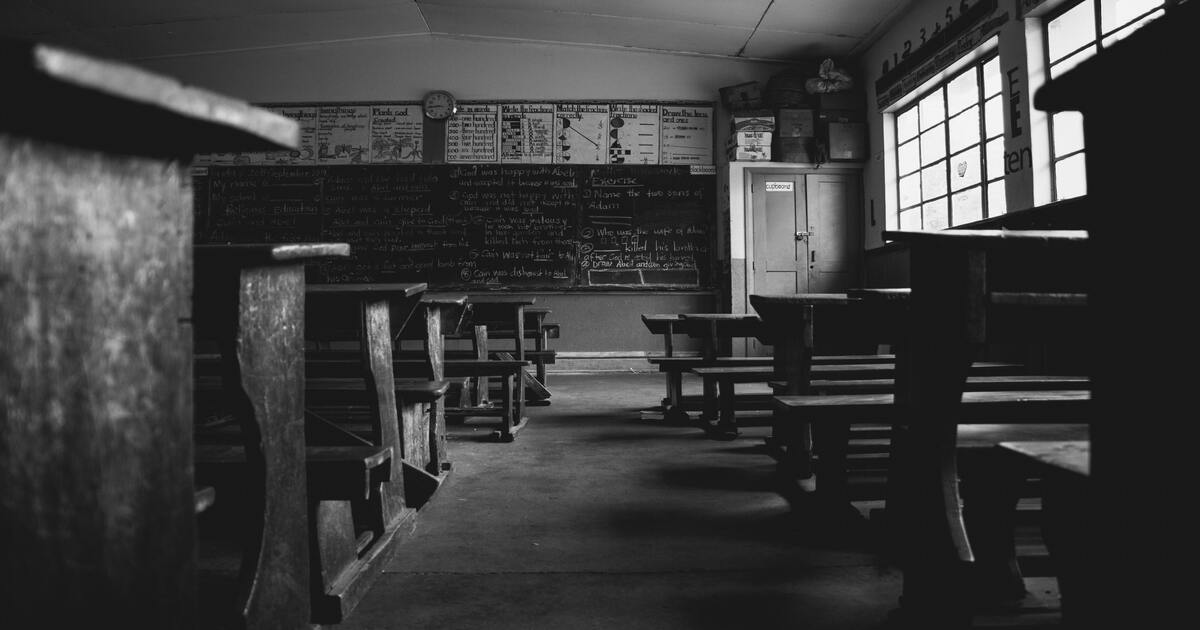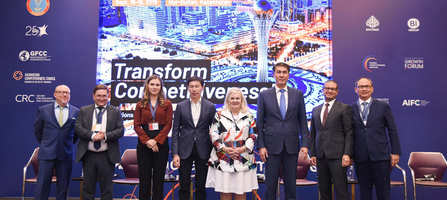
Blogs
Rural schools: how does geographical isolation affect student performance?
January 21, 2019


Kuanysh Saiduova
senior analyst
Every three years, the international PISA study evaluates knowledge among 15-year-olds based on three main subjects: mathematics, reading and science. The rating allows to consider the quality of school education in comparison with other countries and identify the most successful examples.
Portugal is one such example. Over 15 years, it has managed to significantly reduce the gap with the average value of the OECD countries (from -32 points in 2000 to +5 points in 2015). The country has significantly improved its performance in all three areas, with sharp jumps in 2009 and 2015. (Fig. 1). Until 2006, the country was an outsider, in 2009-2012 it came close to the average values of the OECD and in 2015 it reached an above-average level.
The low indicators of PISA 2000 pointed to clear gaps in the school system. The country needed structural reforms. As a result, in 2005, Portugal implemented an extensive reform to reduce inequality in access to education among different segments of the population. It was recognized that the geographical isolation of schools does not contribute to the academic and social development of children. Before the introduction of the reform, small schools with poor equipment and low student achievement rates prevailed in the villages. The level of involvement of children in the academic process remained at a low level.
Also, in addition to the small size of schools and their geographical isolation, rural schools faced the problem of attracting highly qualified teachers. Teachers usually did not stuck around for long in rural schools, unable to withstand prolonged social and professional isolation, thus leaving children without teaching for several weeks until another teacher was appointed.
The Ministry of Education, in collaboration with local governments (namely 278 municipalities of Continental Portugal) and School Executive Boards, closed small, geographically isolated schools with a high proportion of "repeaters". Instead, school clusters were built (at least 150 people) with free transportation for children from isolated areas. During the three years of reform, 2,500 schools with fewer than 10 students were closed.
School education in Kazakhstan still relies on rural schools by financing them and involving teachers. This begs the question: would it not be more appropriate to gather rural children in residential schools located in cities, where they will have access to a higher level of socialization and opportunities to develop their potential? Is it right to send highly qualified teachers to rural areas where there are few resources to improve their skills?
The key conclusion is that in the age of information and technology flow, social engagement and access to rapidly changing realities are important, which is not the case in rural areas.
all publications











